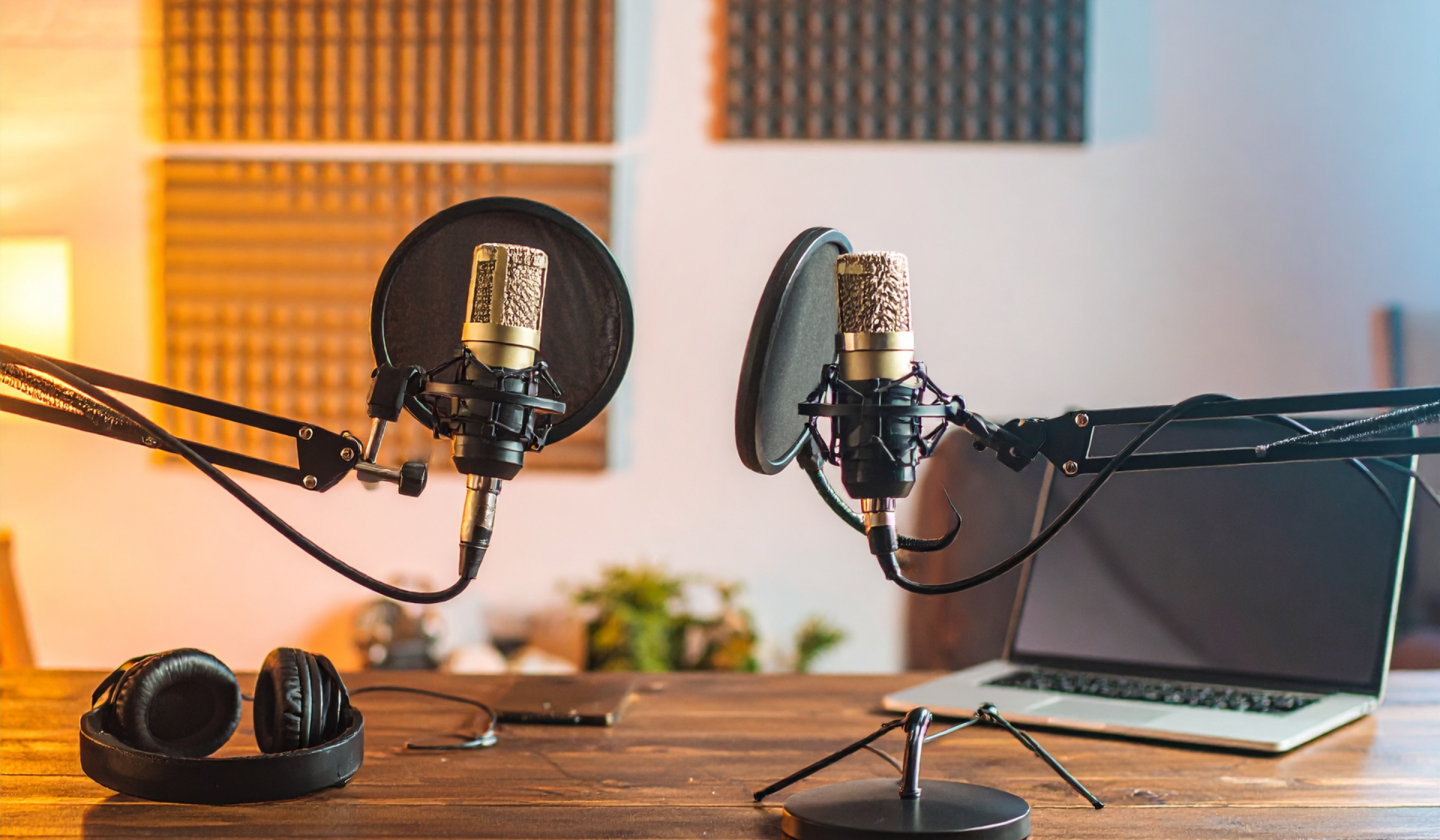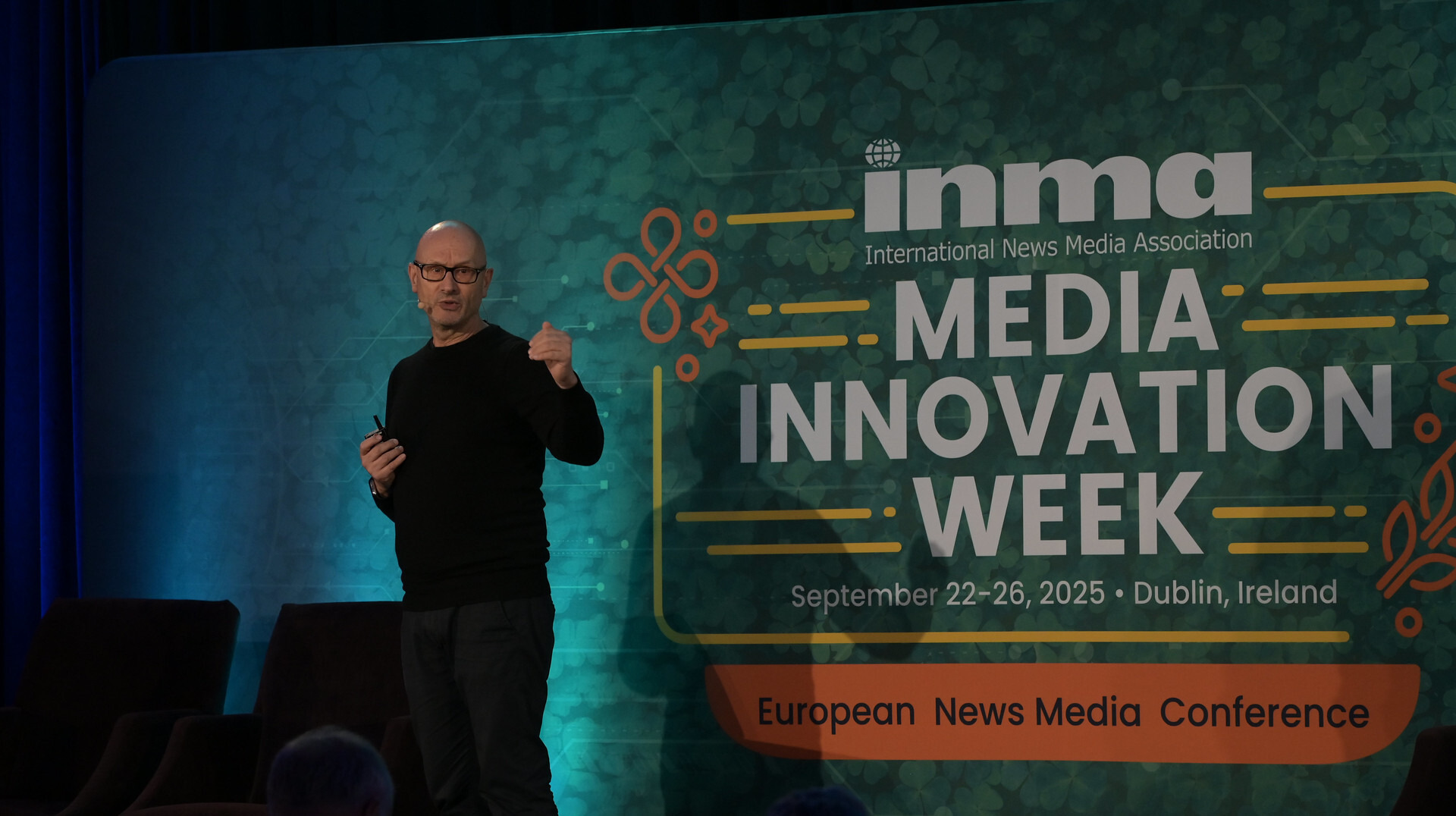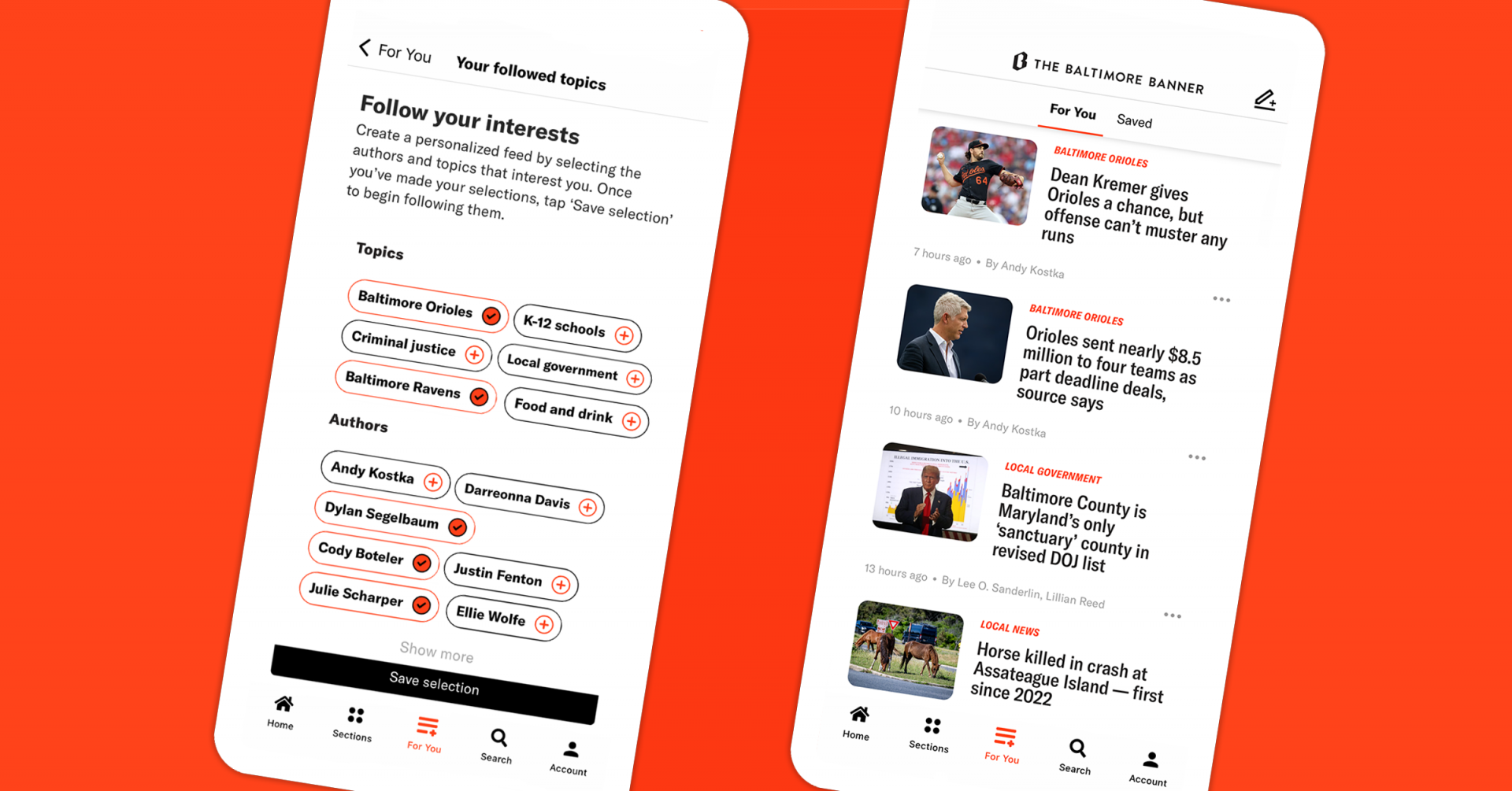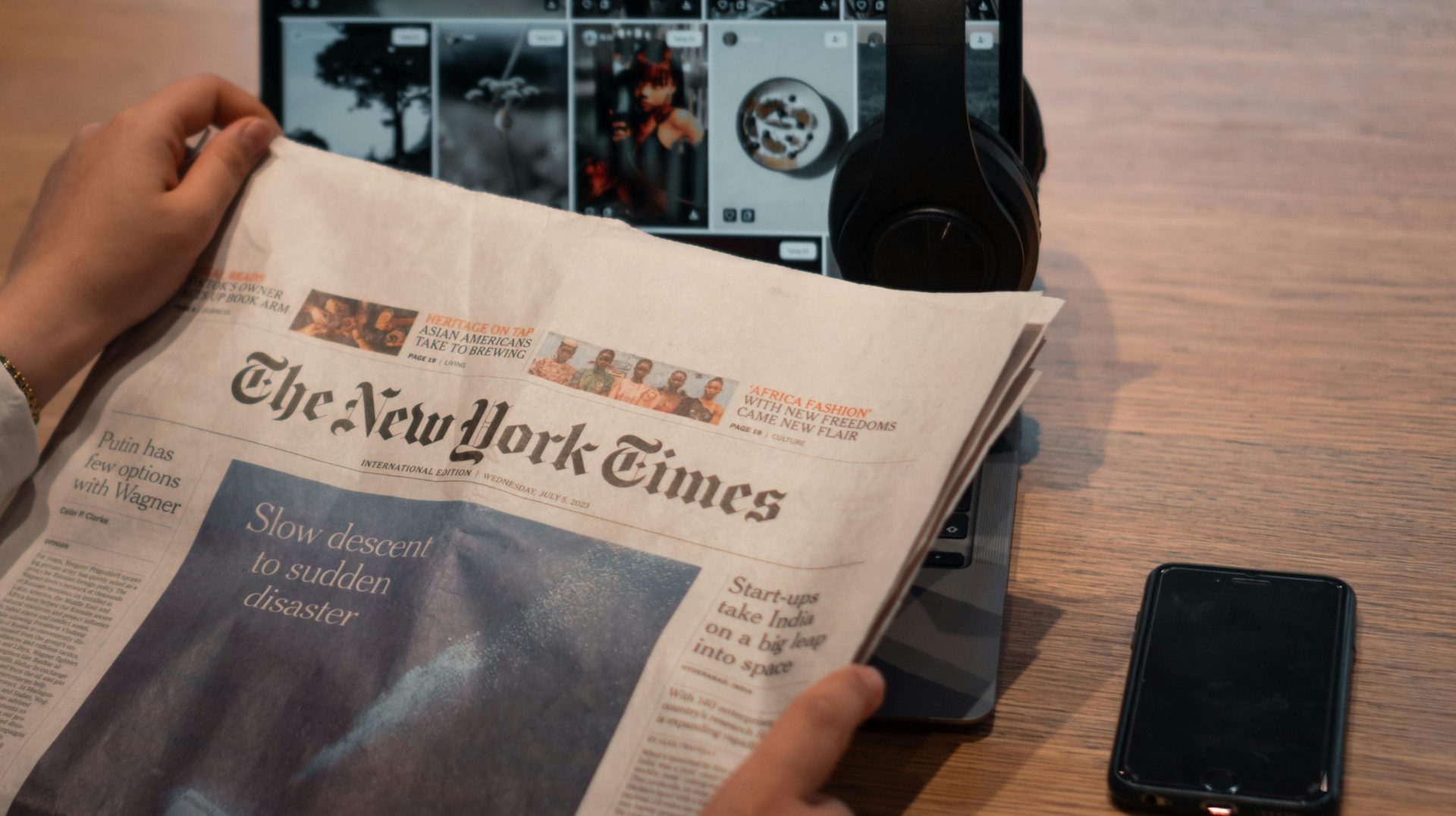
Newsletter
Newsletter
Lessons from WAN-IFRA’s AI Forum
14th November 2025

Publishers are facing a critical inflection point with artificial intelligence. Rather than simply defending against scraping and licensing threats, leading newsrooms are realising they can fundamentally shape how AI serves journalism and in doing so, create products that couldn’t have existed before.
The challenge is real. Major AI platforms are accused of showing little respect for intellectual property and news sites are actively working on ways to block them. Yet when Pugpig Product Director, Emillie Ruston, attended the WAN-IFRA AI Forum in Paris, she recognised a compelling opportunity. By putting AI at the centre of newsroom strategy rather than relegating it to licensing negotiations, publishers can drive engagement and create new revenue possibilities. In today’s Media Bulletin, Emillie will take us through the lessons from the Forum.
When Christian Broughton and his team at The Independent partnered with Google’s Gemini developers for a hackday, something unexpected happened. His team created an AI-powered product, Bulletin, that became the highest-engagement referral unit they’ve ever built, driving readers back to the main site at notably higher click-through rates than content links alone.
Broughton explained that ten years ago the last big shift was the rise of social and platforms. He pointed out that when The Independent killed print nearly a decade ago, they chose to go with the technology, not against it. Today, the same principle applies to AI. Rather than deploying defensive strategies, The Independent has embraced partnerships as a way to not only survive the technology shift but use it to enhance editorial efficiency and reader experience.
This approach requires a cultural shift inside newsrooms. At The Independent, giving journalists agency over AI tools meant adoption came naturally. “If you free up time through efficiency, you can think about what to allow your teams to do with the time they get back,” Broughton said. They’re now rolling out their next AI project after success with Bulletin, while also applying AI to video editing, ad tech and even human resources automation.
Publishers are learning that newsroom adoption of AI tools is the foundation for everything that follows. At Les Échos & Thématiques in France, Chief Digital Officer, Violaine Degas, made journalists the first priority for AI adoption, followed by engineers. That sequencing matters as when newsroom teams genuinely understand AI capabilities and constraints, product teams can build solutions around real workflow problems rather than hypothetical use cases.
Les Échos is now offering AI-powered features including content playlists, automated translation of key stories into English and a research tool that lets readers ask questions about their coverage. Le Parisien, meanwhile, is using AI to match stories with video content from their archives and even generating new AI videos as alternatives to stock photography.
This isn’t just about productivity. It’s about unlocking journalism that matters. At iTromsø, in Norway, Lars Adrian Giske built DJINN, an AI system that automatically sorts municipal records, summarises them, and flags newsworthiness. The tool has freed journalists from hours of administrative reading, allowing them to focus on human-centred reporting “which is precisely what sells”.
Publishers testing audience-facing AI products are discovering that reader demand outpaces expectations. Martin Schori at Aftonbladet in Sweden ran an experiment during the EU elections which is not a naturally high-engagement topic in Sweden. On day one, tens of thousands of questions flooded the chatbot. The platform has since scaled to Hej, a chatbot powered by all their content, available in 50 languages.
“People don’t love it, they just use it,” Schori observed. Over 7 million questions have been asked, with near-zero negative feedback. When chatbots are built responsibly with bylines, clear sourcing and factual accuracy, they serve audience needs without requiring defensive messaging. Moreover, Schori highlighted that niche, or topic-specific, chatbots can be particularly successful.
Publishers have found that chatbots have led to no cannibalisation of article reading. David Dieudonne at Ouest-France saw click-through rates from chatbot answers to full articles were often 10 times higher than CTRs on platforms like ChatGPT. Readers accessed the summarised information but still engaged with the full journalism.
A deeper architectural shift is coming through Model Context Protocol (MCP), introduced by Anthropic in November 2024. MCP creates a standardised interface for AI systems to access external data and tools. For publishers, this means new possibilities for how audiences interact with news.
Florent Daudens, former Press Lead at Hugging Face, argued that the real value of MCP for publishers lies in audience-facing products rather than internal tools. The protocol allows publishers to expose content in controlled, predictable ways. “The key distinction between scraping and MCP is you have more control on what exactly you expose”, he explained.
But Daudens also cautioned that publishers must “eat [their] vegetables first.” Before building sophisticated AI products, news companies need three fundamentals in place. First, they need to ensure that “data is in order” as without clean, well-structured content, any AI product will struggle. Second, governance is vital as MCPs can be dangerous if they allow write access to content. Third, they need to clarify what they’re trying to do. Publishers must design for actual user behaviour, not internal newsroom assumptions.
Behind the scenes, AI licensing is evolving rapidly. The ecosystem has moved from bilateral, one-off deals to marketplace models with recurring revenue structures which are diversifying too. Some publishers are exploring recurring revenue tied to AI usage rather than flat licensing fees. AI platform Tollbit onboarded The Telegraph and The Economist with a model where publishers set terms and Tollbit handles enforcement and payment collection. It’s free for publishers to join, with Tollbit taking a small cut of what they charge to AI companies.
One critical insight from Olivia Joslin at Tollbit was that AI drives minimal traffic back to sites. Click-through rates from AI systems average less than 1%, compared to 8.6% for Google search top 10 results. David Buttle, addressing the broader market, framed the challenge starkly: “You need to think about the potential substitution of users accessing content on your own platforms when thinking about the floor price for content licensing deals.”
The most striking consensus from the Forum was probably that publishers need to work together. Josh Freeman from ProRata.ai put it bluntly, “How many publishers actually believe you’re going to be able to enter into a bilateral relationship with the major AI players? Very, very few.”
The path forward is collective action. WAN-IFRA, FIPP and national publisher associations have become the only credible negotiating partners for AI companies. Coordinated approaches like the Robots Standards Language (RSL) collective, supported by Reddit, Quora, Medium, O’Reilly and others offer a scalable alternative.
“Line up behind your local and national associations, behind WAN-IFRA and FIPP, to negotiate together,” Freeman urged. “Empower associations that can negotiate on your behalf.” This is particularly crucial as blocking technologies (like Cloudflare) become more effective. If publishers coordinate blocking strategies alongside collective licensing negotiations, they can shift the power dynamic.
If there was one theme that connected everything at the Forum it’s that AI’s real value lies not in replacing humans but in amplifying them. Reuters, under the direction of Chief AI Strategy Jane Barrett, set an ambitious target for 100% of their team to utilise AI tools regularly with the focus on capability building rather than automation.
“Prompt engineering is now just basic literacy,” Barrett said and the real upskilling came in unexpected places. When Reuters gave Claude to 100 people across the business with genuine use cases, development teams showed the biggest skill increases. “People who were non-technical before” suddenly had the tools and confidence to problem-solve.
Barrett also highlighted a critical governance challenge, deprecation risk. When OpenAI retires an old model that Reuters built tools on top of, it breaks the system. Managing vendor risk, ensuring legal compliance, and safeguarding against data leakage require enterprise-grade infrastructure, not just enthusiasm about the technology.
Reuters also emphasised a strategic approach to AI selection and pointed out that not all AI is generative. They continue to use NLP and deterministic machine learning where it genuinely works better. The lesson being that publishers should adopt the right AI tool for the job, not the most trendy one.
Publishers are at an inflection point. On one side, there’s the threat of AI companies scraping content, reduced traffic from AI-mediated discovery and the complexity of licensing negotiations. On the other, the opportunity for AI to fundamentally enhance how journalists work, how audiences discover and engage with news, and how publishers create products that simply didn’t exist before.
The publishers winning right now are those who’ve moved past pure defence. They are:
Pierre Petillault from the Alliance de la Presse summed it up when he said that AI represents “a strong opportunity for media firstly for productivity, but secondly because it increases the value of the press.” Huge amounts of content are needed by LLMs. The question isn’t whether AI will be central to news media’s future. The question is whether publishers shape that future or watch it happen to them.
Here are some of the most important headlines about the business of news and publishing as well as strategies and tactics in product management, analytics and audience engagement.

Newsletter

Newsletter

Newsletter

Newsletter